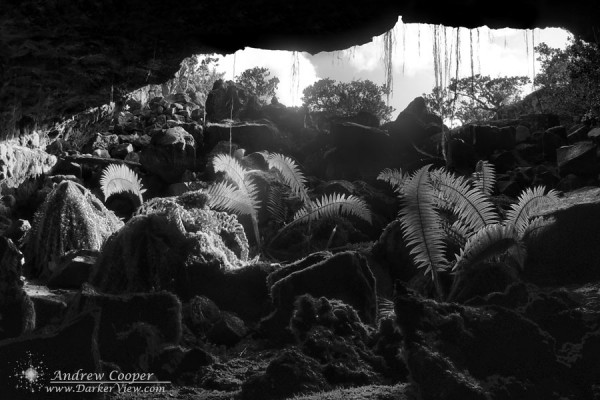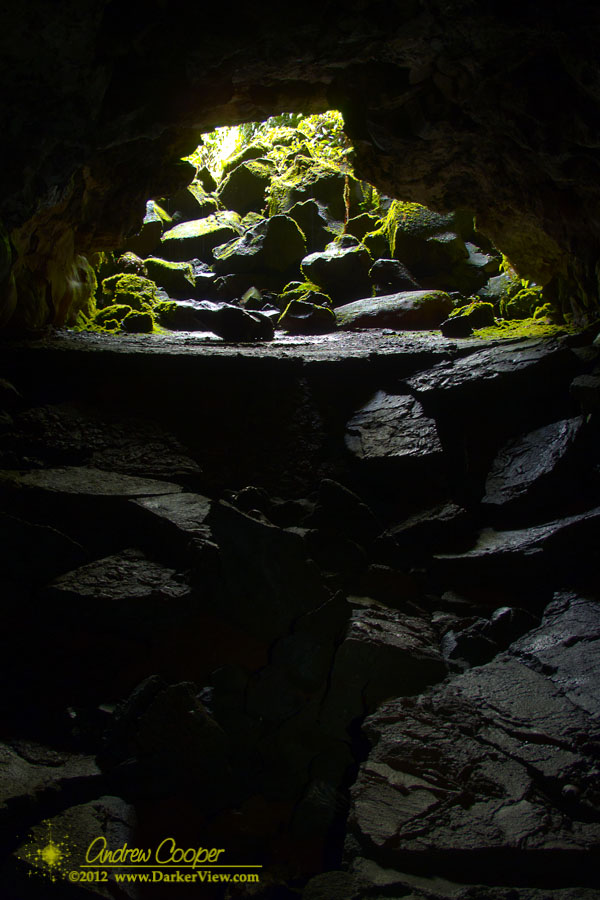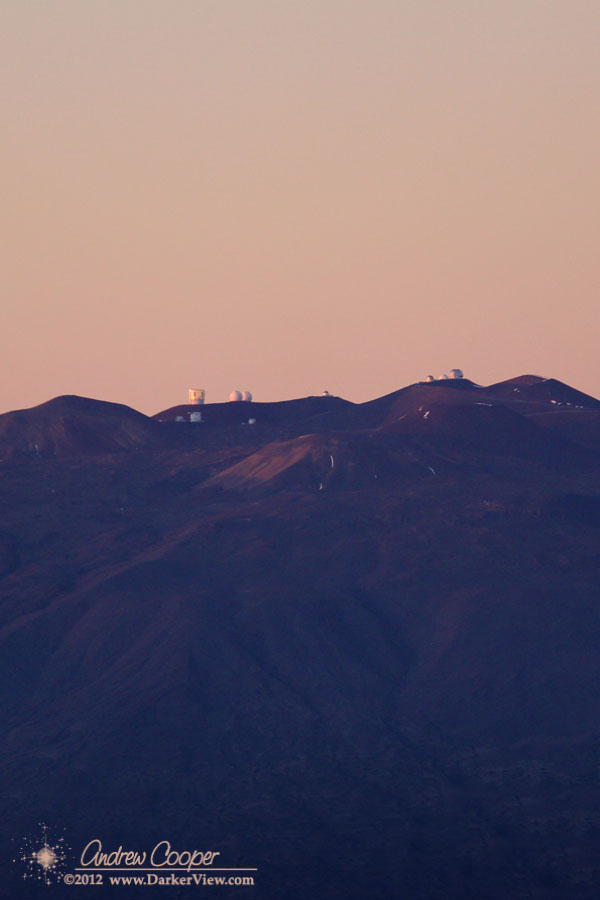
Tag: Mauna Loa
Mauna Loa in the Haze
Ohia Forest
Return to the Light
Portal to the Earth
The Trail to Emesine Cave
There are few open paths to trail ride on this island, a place where landowners gate every side road and jealously guard any access. There are a number of exceptions, but you have to look to find them. One such is a power line road off of Saddle Road. The power line is gone now, the stumps of poles remain where they were sawn down years ago. The road runs arrow straight across the landscape, now serving forestry crews, pig hunters and hikers. Enough traffic traverses the path the keep it clear of growth. Here is a glimpse of natural Hawai’i, where invasive species are relatively few and the calls of native birds echo amongst the ‘Ōhi’a.
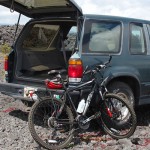
Emesine Cave
It may be a rough trail, but the goal is worth it, a relatively recent cave with an array of classic lava tube features. Emesine cave, is found in the 1881 lava flow that threatened to flow into downtown Hilo, but stopped just short of the city. Today, over a century later, the cave is now an excellent example of volcanic action and how life returns to reclaim the land afterwords.

The flows did not stop until August 10th 1881, reaching within a few miles of downtown Hilo. Some fingers of the flow crossed the present day Komohana and Kumukoa Streets near the University of Hawai’i at Hilo campus. When the flows finally did stop a number of lava tubes were exposed, including Kaumana caves, a popular tourist attraction above Hilo. Also formed in the eruption was a series of tubes higher on the north flank of the volcano, Emesine cave.
Mauna Kea Dusk
Mauna Loa Messier Marathon
I was determined to get out and use the telescope during the March new Moon, but had planned to go observing with the guys at Hale Pohaku on Mauna Kea. At the last minute I decided to accept an invitation from the Hilo group to observe from Mauna Loa instead. The guys planned on running a Messier Marathon, something I have enjoyed many times before.
Our usual observing location is Hale Pohaku, at 9,000ft on the south side of Mauna Kea. Hale Pohaku is a great observing site, high enough to be above the clouds, but well below the summit where thin air, wind and frigid temperatures can be miserable. It is impossible to do a complete Messier Marathon from Hale Pohaku, the bulk of Mauna Kea blocks too much of the northern sky making a few objects, most notably M52, difficult to impossible.
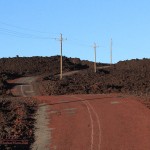
1940 Mauna Loa Eruption Film
Vintage film of Mauna Loa eruption during 1940 by Harold T. Stearns, a USGS Hydrologist-Volcanologist.
An eruption of Mauna Loa is something everyone fears and hopes for. This enormous volcano will erupt again, almost certainly within our lifetimes, possibly even the next decade. The last eruption was in 1984, the mountain has been quiet for well over two decades now, an uncharacteristically long period of quiescence. When it does erupt this volcano is capable of emitting huge volumes of lava, that reach the sea quite quickly down the steep slopes A dangerous mountain to be wary of.
Damon posted this some time ago, definitely worth re-posting here.



